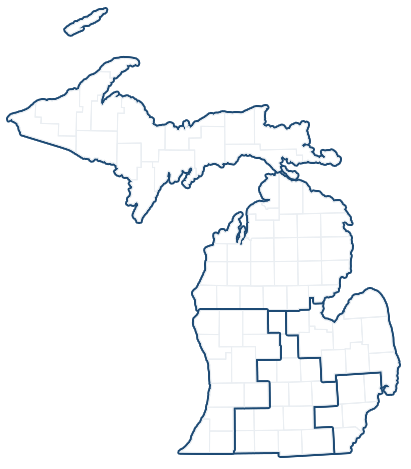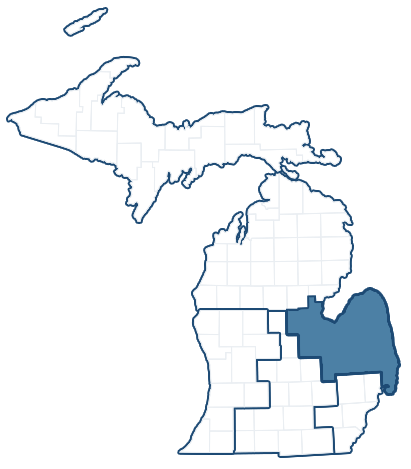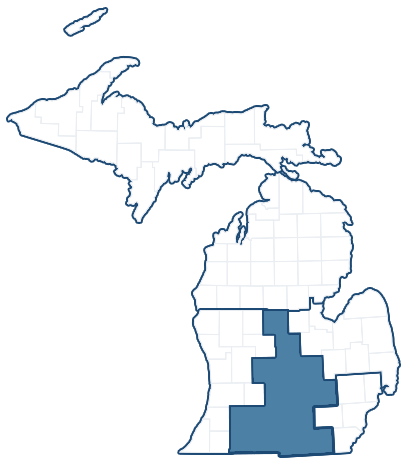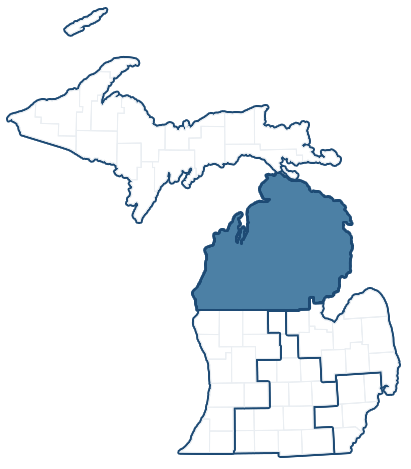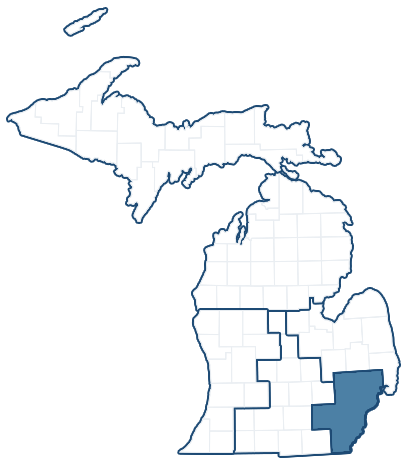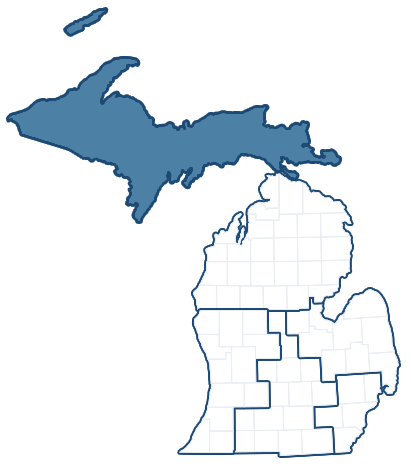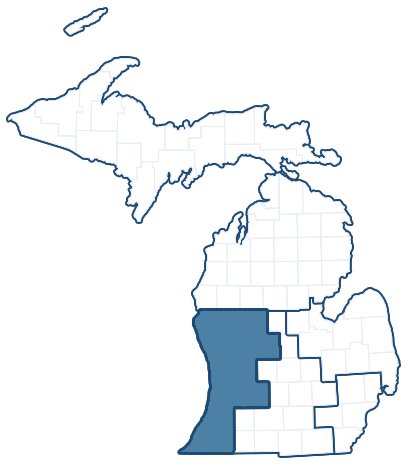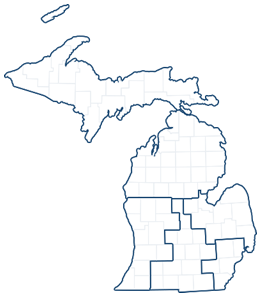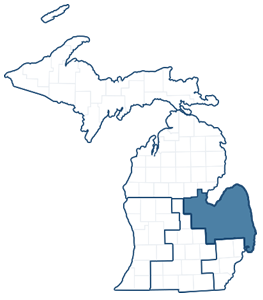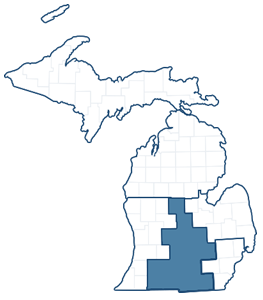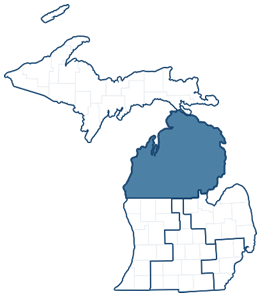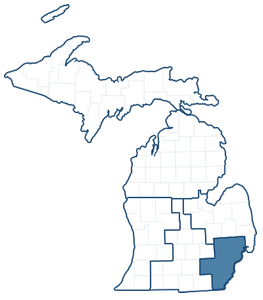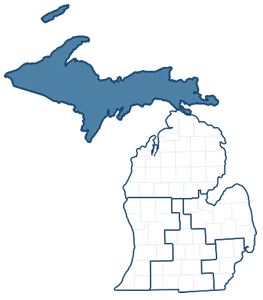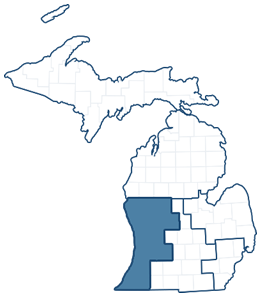Independent GAO Report Confirms Trump Administration Payments for Trade Damages Favored Large Southern Farms over Michigan Farmers
New data reveals the USDA Market Facilitation Program created deep inequities between regions and crops, benefitted the largest operations over small farms
Monday, September 14, 2020WASHINGTON – Today, U.S. Senator Debbie Stabenow (D-Mich.), Ranking Member of the U.S. Senate Committee on Agriculture, Nutrition, and Forestry, announced a new report from the nonpartisan U.S. Government Accountability Office (GAO), which found the Trump Administration’s payments to farmers harmed by the President’s trade turmoil ultimately favored the South over Michigan farmers and crops, and funneled money to large agricultural operations over smaller farms.
The report is the result of an independent GAO investigation requested by Senator Stabenow in February after she raised concerns about unfairness and mismanagement of the U.S. Department of Agriculture (USDA) Market Facilitation Program. Stabenow joined U.S. Senator Sherrod Brown (D-Ohio) and farmers to announce the report and discuss the findings.
“From the start, I’ve been concerned that the Trump Administration’s trade payments have picked winners and losers and left smaller farms behind,” said Senator Stabenow. “By favoring Southern farms and providing no help to our cherry growers, this independent investigation confirms that the USDA has not treated Michigan farmers fairly. Unfortunately, the Trump Administration’s unequal treatment of farmers is a pattern that we’re continuing to see in USDA’s COVID-19 relief program. The Administration needs to stop playing favorites and start helping the farms hit the hardest.”
“The Trump administration continues to turn its back on Ohio farmers by putting wealthy investors and Wall Street speculators ahead of family farms. Ohio farmers needed the relief this year – particularly after the Trump administration’s empty promises on trade policy with China, its continued efforts to undercut the Renewable Fuel Standard, and the hit Coronavirus has taken on the economy,” said Brown. “By mismanaging these payments to farmers, the Trump administration has continued to play favorites and betray the small farmers who need help the most.”
“Michigan produces the best cherries in the world, but our growers are at risk due to unfair trade practices. Despite the tremendous challenges we’ve faced, cherry growers haven’t received any direct trade payments from the USDA. It’s just down right not fair,” said Don Gregory, a Leelanau County, Michigan cherry grower who also produces apples and other fruit.
The GAO report found:
- Inequity Between Regions: Southern farmers benefitted significantly compared to other regions. Eight of the top nine states with the highest payments per acre were in the South. The program paid farmers in Michigan an average of $54 per acre, compared to farmers in Georgia who received an average of $119 per acre. Georgia leads the nation with average payments of $42,545 per farmer, more than double the average payment in Michigan of $15,367.
- Unfairness Between Crops: USDA set payment rates for certain crops like cotton, which is primarily grown in the South, that far exceeded payment rates for others. Less than 10% of payments went to farms that produced specialty crops, dairy, or hogs. Most Michigan specialty crop producers were not even eligible for direct assistance.
- Large Farms Benefitted Over Smaller Farms: For the 2019 program, USDA doubled the maximum payment farmers could receive from $125,000 to $250,000 per person, which directed more dollars to the largest farms and ignored small farms that were struggling. As a result of the change, the top 1.3% of payment recipients received an additional $519 million. GAO also found that the top 25 farms received an average of $1.5 million per farm, whereas the average Michigan farmer received $15,367.
- Instead of providing more support for the 9,852 largest farms, USDA could have targeted funding to the thousands of small and beginning farmers that are often more vulnerable to market swings.
The full report is available here. A summary is available here.
The data in the GAO report confirms previous findings that the Trump Administration picked winners and losers between regions, crops, and farms in their attempt to assist farmers harmed by President Trump’s turbulent trade agenda. In November, Senate Democrats released a comprehensive report detailing concerns that the Administration has distributed trade payments unevenly across the country, benefiting regions and farms that have experienced less trade damage. The Trump Administration has ignored suggested improvements, and a subsequent analysis showed continued bias in the trade assistance program. Kansas State University researchers further validated these findings in an economic analysis of the distribution of trade assistance, finding that cotton payments were 33 times more than the estimated trade damage.
###
Next Article Previous Article



